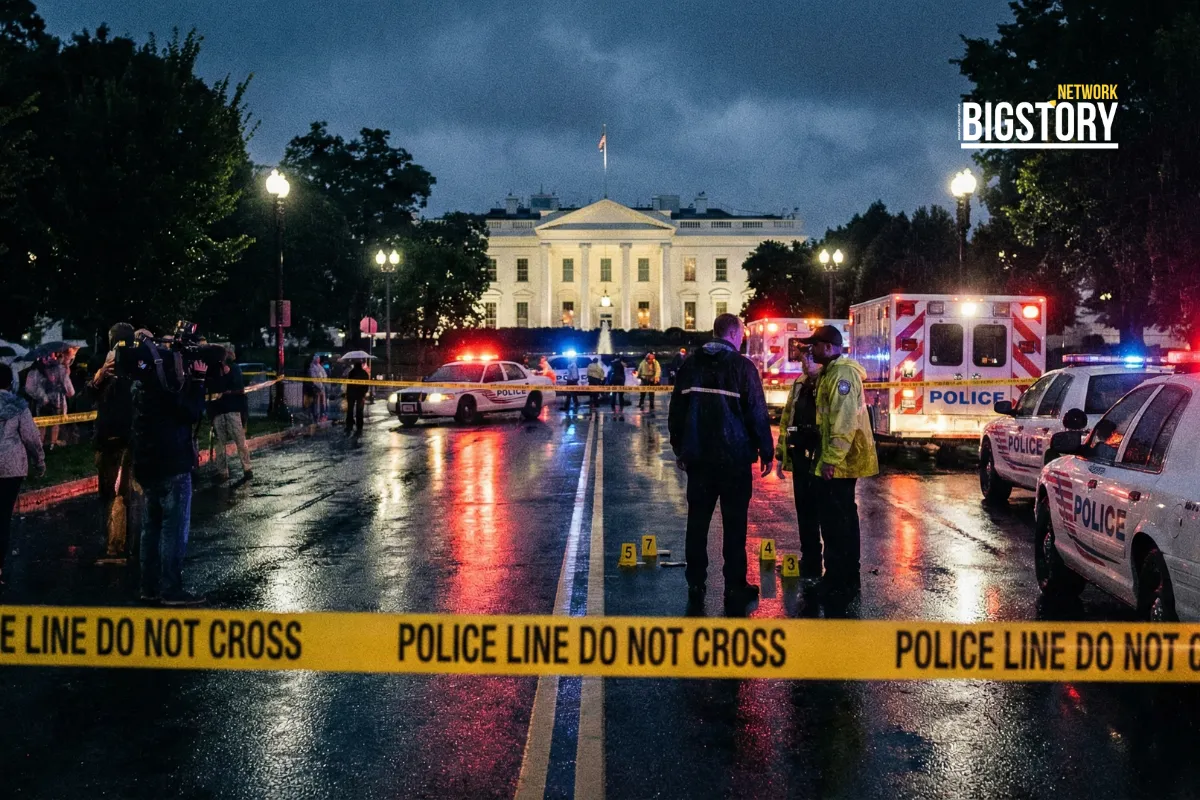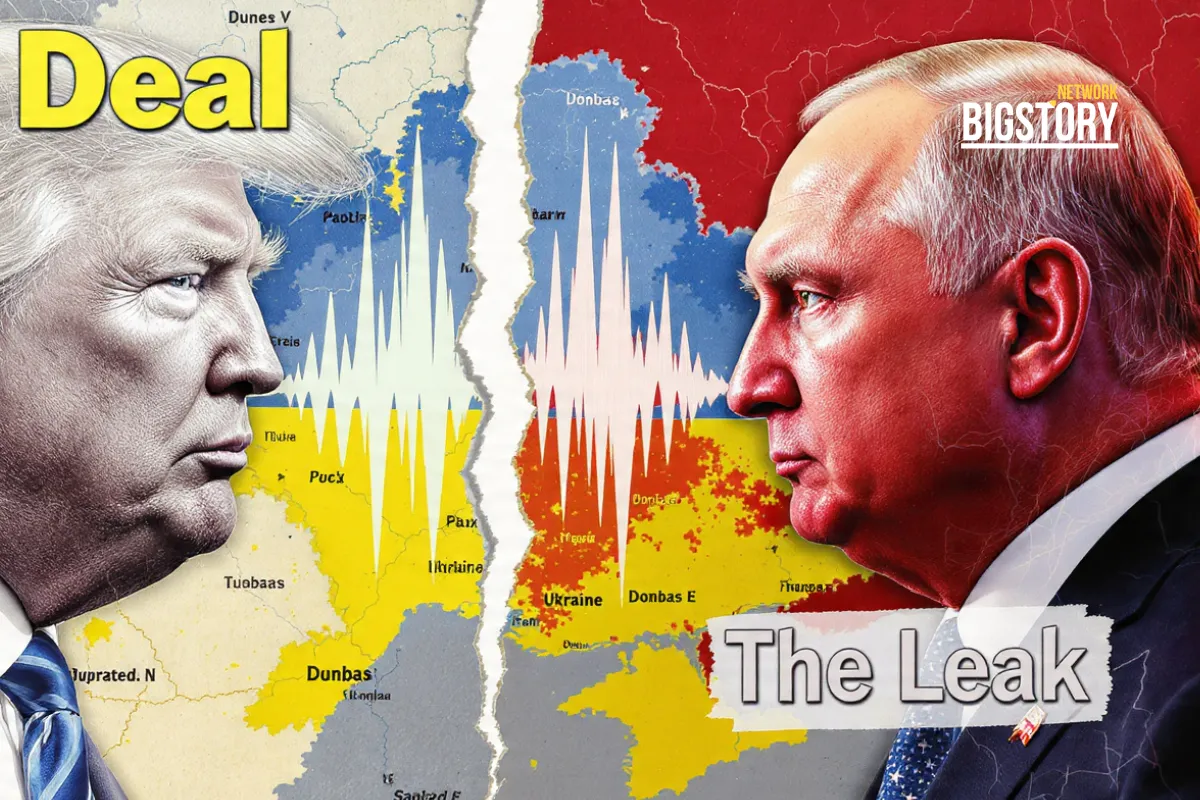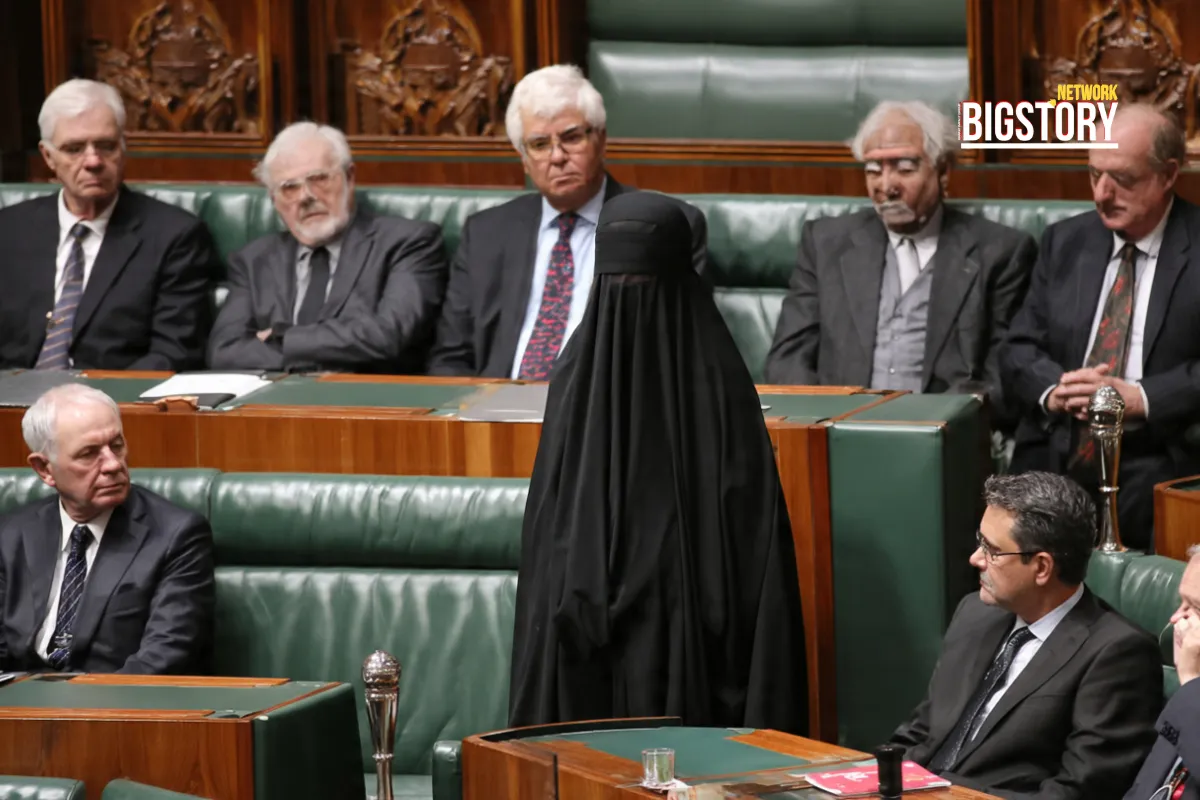China’s FM Wang Yi rejects Trump’s NATO tariff call, urging dialogue. U.S.–China talks in Madrid focus on truce extension, TikTok, and trade frictions.
 Sseema Giill
Sseema Giill
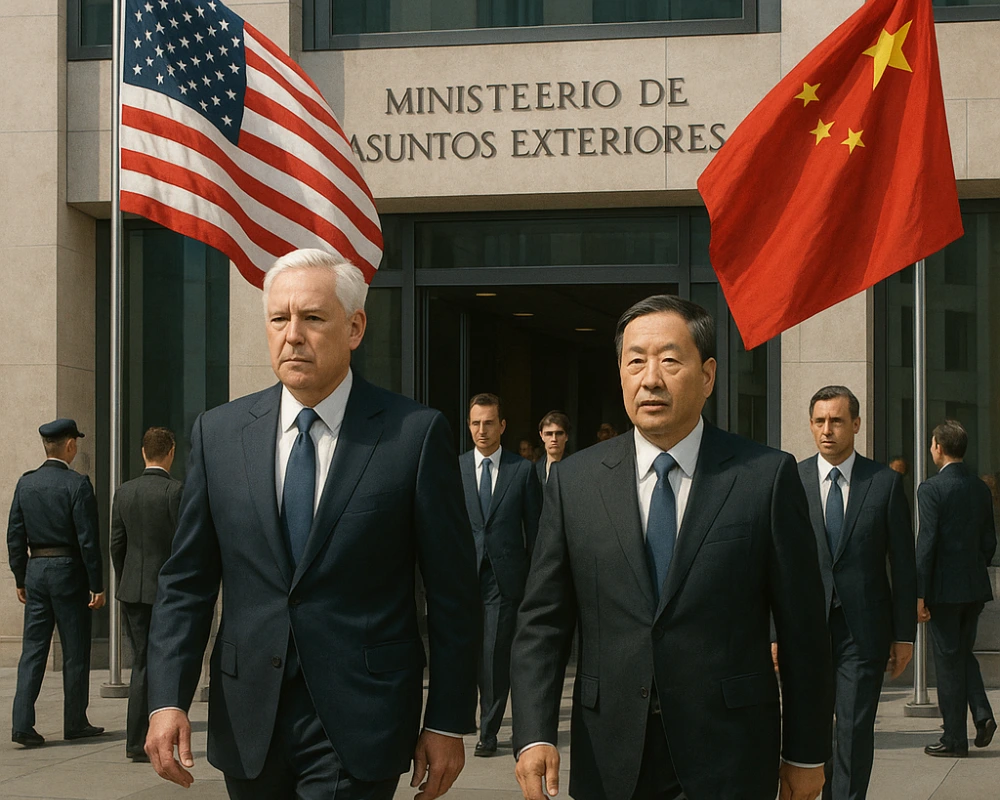
China’s foreign minister, Wang Yi, rejected President Trump’s call for NATO to impose steep tariffs on China — saying “war cannot solve problems” — as U.S.-China trade talks resumed in Madrid on September 14, 2025. The two sides are negotiating an extension of the tariff truce ahead of the November 10 deadline and discussing TikTok and wider trade frictions.
Chinese Foreign Minister Wang Yi delivered a pointed rebuke to calls for punitive tariffs on Sept. 13 while visiting Ljubljana, stressing that China “does not participate in or plot wars” and warning that sanctions only complicate conflicts. The remarks set the tone for resumed U.S.–China talks in Madrid the next day, where officials focused on tariffs, export controls and the looming TikTok divestiture deadline.
At a joint press conference in Ljubljana, Wang Yi emphasized diplomacy and political settlement of international disputes, rejecting efforts to economically coerce China. His comments were framed as a broader appeal for stability amid escalating rhetoric from Washington. That rhetoric included President Trump’s public call for NATO to impose 50–100% tariffs on China to pressure Beijing over energy purchases from Russia.
U.S. and Chinese delegations — led by U.S. Treasury Secretary Scott Bessent and China’s Vice Premier He Lifeng — met in Madrid on Sept. 14 for further high-level discussions. Key items on the agenda included:
Analysts view the Madrid session as primarily procedural — intended to manage deadlines and buy time rather than deliver sweeping agreements.
A mutually agreed 90-day tariff truce—extended in August—keeps planned tariff surges on hold until November 10, 2025. Under the truce, U.S. tariffs remain at elevated but stable levels (widely reported as a composite around current rates), while China has paused additional retaliatory increases. The extension has been crucial for retailers and supply chains ahead of the holiday season.
Economists and China-watchers caution that talks in Madrid are unlikely to resolve core geopolitical points. Key takeaways from analysts:
Wang Yi’s public rejection of sweeping tariff measures framed Beijing’s position as favoring diplomacy over coercion. But with deep structural disagreements remaining and geopolitical tensions spanning Russia, Taiwan and tech rivalry, the Madrid talks look set to manage deadlines rather than produce dramatic breakthroughs. The November 10 truce expiry is the immediate milestone to watch.

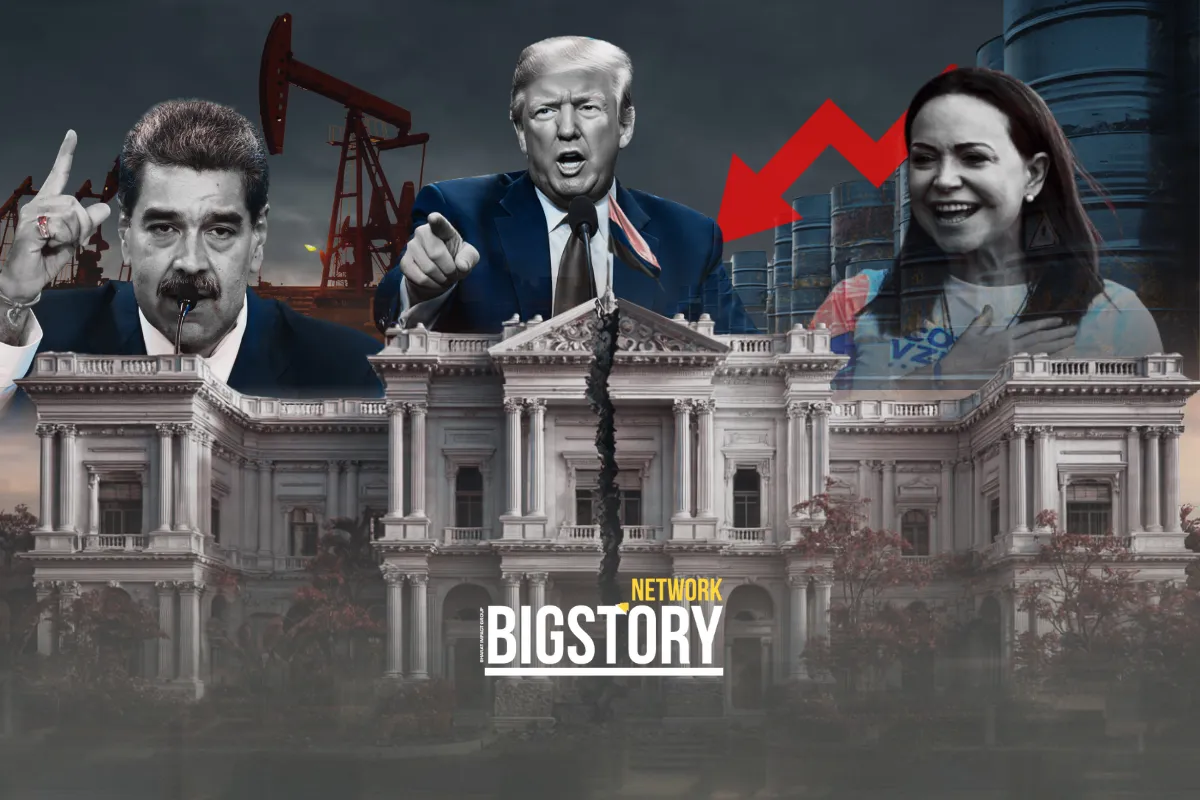




Sign up for the Daily newsletter to get your biggest stories, handpicked for you each day.
 Trending Now! in last 24hrs
Trending Now! in last 24hrs
